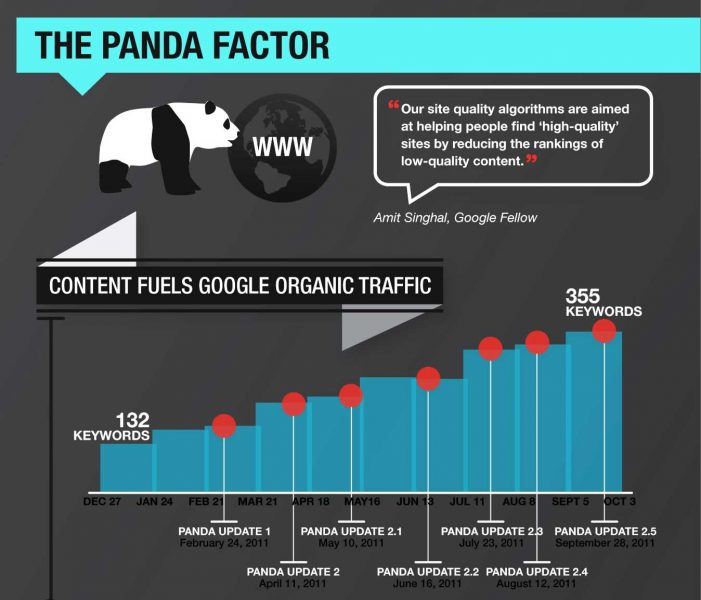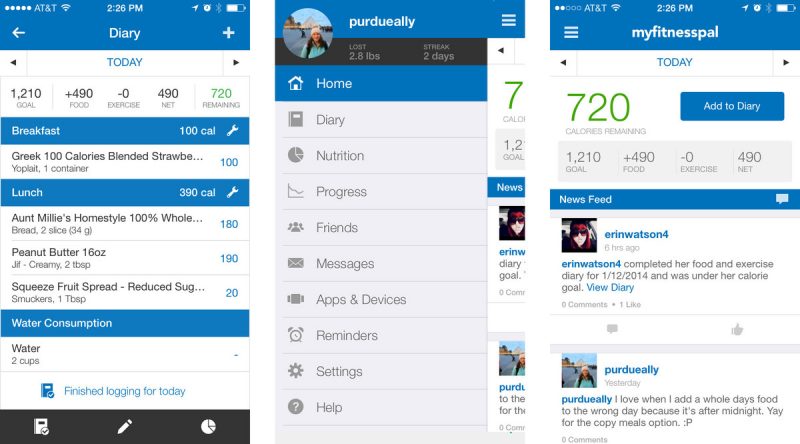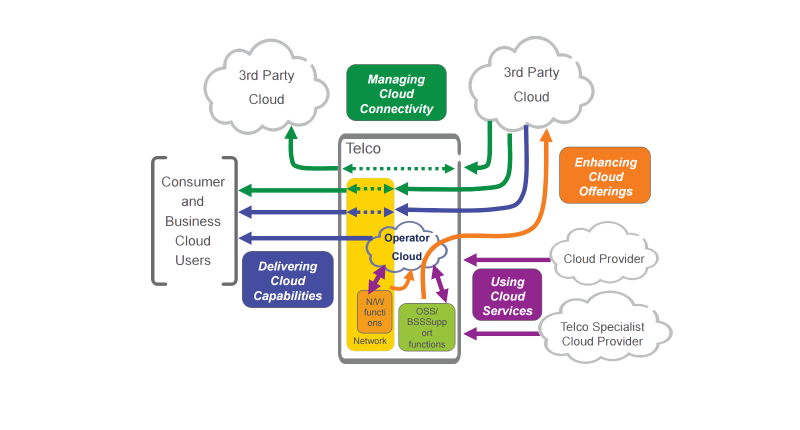If you are a telecom company then you have probably noticed the need to reach users across different ecosystems in order to increase and diversify your revenue streams. Increased use of advanced wearable technologies has replaced your more traditional revenue generating channels like SMS, voice calling and upselling. Wearables are not the only thing changing your game, there are literally hundreds of predictions based on forecasts, historical data as well as more technical ones that reveal your future challenges, after carefully reading a few dozen of those there are certain patterns that emerge. Overall it can be said that these are the most common prospects for the telecom industry:
- Content Triumph
Connecting is getting cheaper and cheaper. Moore’s Law tells us this is an inevitable cause and effect of society. Via connectivity, you are able to capture a fraction of the information value chain, while content and services are capturing increasingly more. Many experts expect that if telecom companies neglect to adapt by 2020, content companies like Viber and Snapchat will be able to acquire telecoms.

- IoT is The New Traffic Game
Nowadays, you can extract personal data and patterns from devices as well as humans, thus the reason IoT has become such a hype. That hype is changing your business model. Through Thingification, the big guys have access to trillions of pieces of new connected data: meaning the information is organically connected, no need for human intervention. With the growing demand for an application that improves consumers quality of life, like calories counters, we are quickly creating an entire ecosystem that is far more knowledgeable about people than the people themselves.

How to adapt as a telecom operator
Both national and multinational telecoms are coping by building open platforms as a way to connect to their users. This marriage between a telecom and internet company is the future that most industry leaders are betting on. You can learn best from one of our use cases with Swisscom, who uses automated image tagging for their MyCloud.

How do you monetize this trend
File sharing services like Google Drive and Dropbox are becoming more and more popular due to the rising demand for file sharing services. Personal devices can only hold a limited amount of data the cloud is practically unlimited.
Storing documents on file sharing services like Dropbox and Google Drive has become a common practice online in the last five years. In that time, as people create, edit and hoard older data files, they find they are running short of the free space.

With more and more people opting for either a tablet-only existence or switching from a traditional desktop computer with multiple internal drives to a laptop with a much smaller SSD drive, finding an alternate storage system is important. Тhis is a common issue customer are facing with improving technology, the problem of storage space is getting increasingly important and the large smartphone providers are not addressing it, probably on purpose, just so that they generate additional revenue. As a result, cloud storage companies are gaining from this and are offering a very economical solution to this problem. Learn directly from a use case:
 SWISSCOM/IMAGGA – Enhancing Swisscom myCloud with automated image organization
SWISSCOM/IMAGGA – Enhancing Swisscom myCloud with automated image organization
What are you providing to users through personal clouds storage
As a domestic telecom company, you have the opportunity to move up the information communication (ICT) value chain through the integration of cloud services. Because of the direct relationship with consumers and domestic infrastructure, there are several clear advantages international competitors can not offer:
- Secure Local Data Centers- Each European country has data privacy laws preventing any export of personal data to another country. Switzerland, for example, has one which prevents telecoms from selling or providing the data to any foreign government. The same applies to the USA.
- Cloud Services- Storage of pictures, music, text and files, are only the basic service one can provide users. There are numerous applications, the only limitation is the capacity and processing power of servers. Norwegian telecom Telenor, for example, offers Microsoft 365 as a subscription service directly on their cloud.
Conclusion
Personal clouds are developing into a serious content provider, despite that there isn’t a single service emerging as a clear-cut market leader. Overall it is anybody’s game, nevertheless, the industry is catching up and the time to act is today. There are more than enough example, the most interesting one I have seen has been with Bulgarian Telecom Mtel and their HBO GO service.
Services satisfying self-actualization boost revenue, which in terms create loyalty. so“more is more”, meaning the more I offer the more I get. It all boils down to providing content that is satisfying, generating more reasons to provoke shares, visits, and purchase. That is the way market opportunities become major revenue streams.
How do you use personal cloud storage to satisfy needs?
